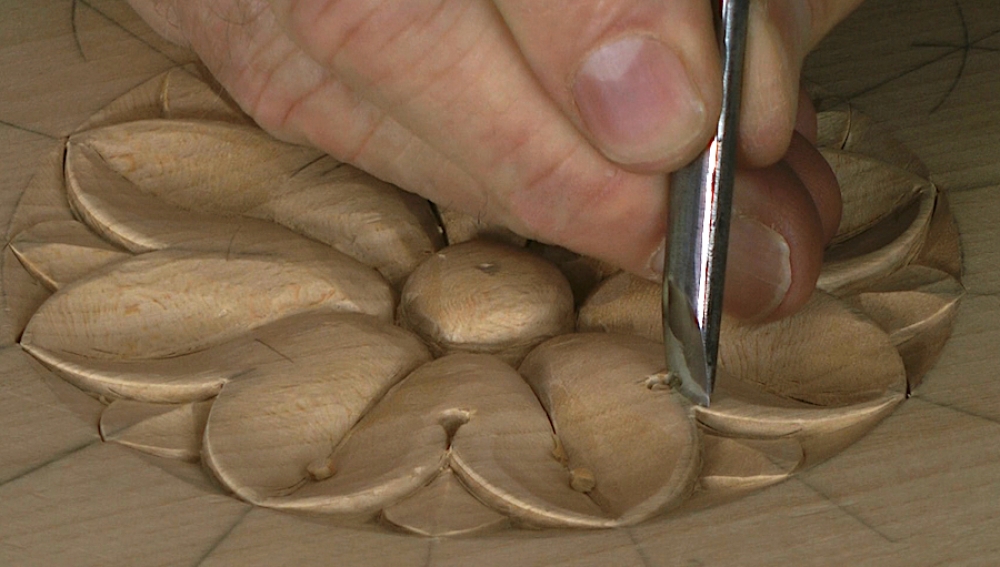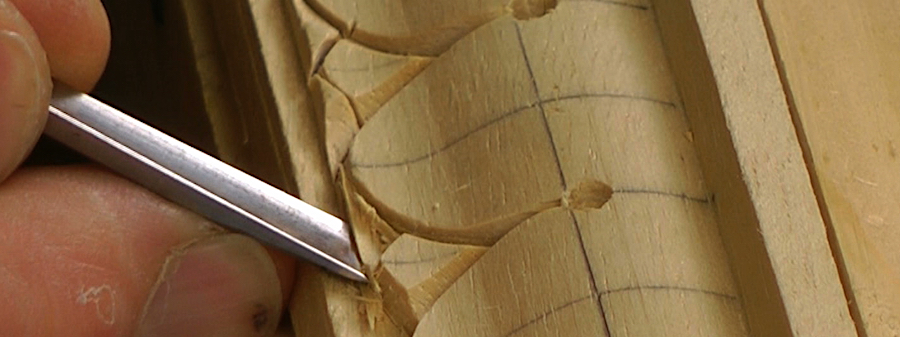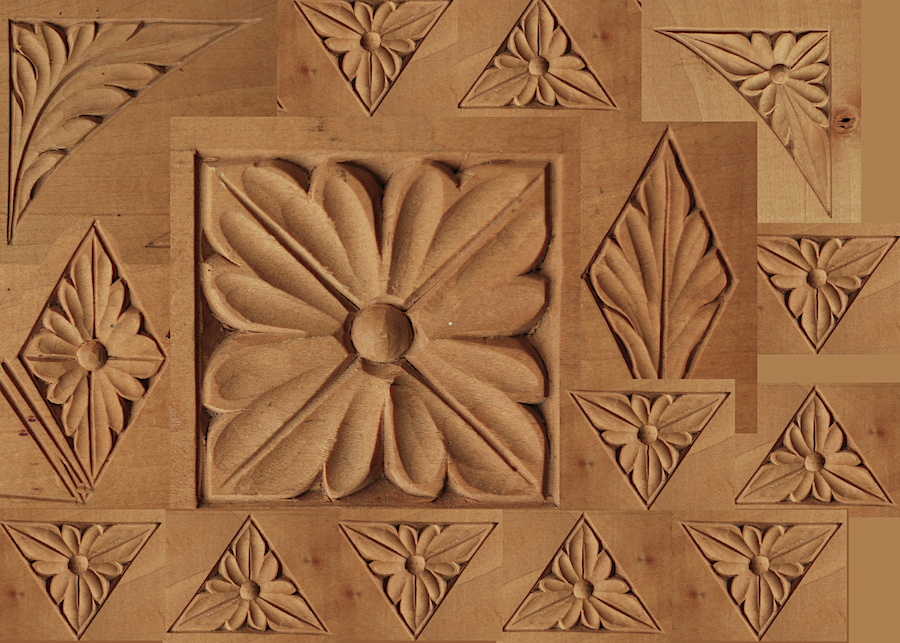Building Tool Confidence
15.02.24

In the blog of December 2023, I said there were 2 important things that a carver needs in order to become confident in their craft, and enable them to remove wood quickly and efficiently.
I looked at the first 'thing', the ability to visualise the form beneath the tool, in last month's blog (January 2023).
This month, I want to offer a few thoughts about the second thing:
Gaining confidence handling your carving tools.
Let's start here: You can't learn to swim without getting in the water!
And you need 'water' in which to practice ...
So, for you, as a carver, this means:yourself up so carving is readily available to you, any time:
- Tools must be in good condition, properly sharpened
- You must have a clear understanding of the best ways to hold and manipulate
- You must have a place to work: bench, sharpening facilities etc; and the wood
Advice about all of these things is readily found on Woodcarving Workshops.
There is no doubt that emotion, desire and long term values play a critical role in learning; as does envisioning success; and motivation, which maintains focus and effort.
All this is worth thinking about but, at the end of the day, there's nothing like real-world practice.

You need to do it!
The truth is that it takes a certain - and personal - amount of time, practice, and hard work to be successful at anything including, of course, woodcarving.
We ar all wired differently - have different amounts of 'talent' in different area. How well you get on at developing what talent you have depends on factors like the age at which you start and the time and quality of effort that you put in.
Are you practising your carving skills on you own, in a class with a mentor? Do you have insight into what you are doing; into what's going 'right', or 'wrong'?
Whatever:
Übung macht den Meister: Practice Makes the Master.
That's it.
Not 'practice makes perfect', an aphorism only working because of we like alteration. And what is 'perfect' anyway?
To me, practice means developing muscle memory; that's what you are trying to do in the first instance and then, eventually, sliding into the use of your carving tools without thinking.
And mastery simply means you, in your life, being the best version of your carving self, that you can be.

Comparing yourself to stars in the woodcarving firmament is, and always will be, a waste of time.
What and how much to practice?
Bottom line, our brains learn best with you feeding it small bites, often and regularly.
So: better 2 hours at the bench twice a week, regularly, than 8 hours one day a month.
That's really it, what you need to do.
There are lots of projects on Woodcarving Workshops to get stuck into. (Mouldings and lettering, because of the sheer repetition and need for good tool control, will give you very good carving workouts.)
Lastly:
It takes, courage and determination to develop that assurance and certainly with the carving tools that I'm talking about.
No one becomes their best without frequent, regular practice, without training themselves mentally and physically.
And you can do it.

Related Videos - all great practice projects from Woodcarving Workshops:
- Top Picture: Rosette
- Second picture: Garden Post
- Third picture: Waterleaf Moulding
- Bottom Picture: Cornerleaf DVD
